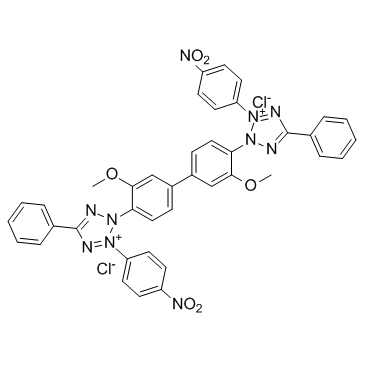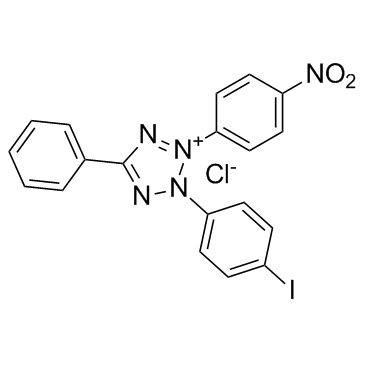| Structure | Name/CAS No. | Articles |
|---|---|---|
 |
3-(1-Naphthyl)-2,5-diphenyl-2H-tetrazol-3-ium
CAS:1719-71-7 |
|
 |
NBT
CAS:298-83-9 |
|
 |
INT
CAS:146-68-9 |
|
 |
2,3,5-Triphenyltetrazolium chloride
CAS:298-96-4 |
|
 |
Tetrazolium blue
CAS:1871-22-3 |